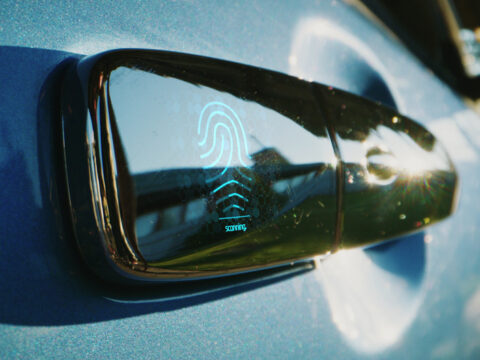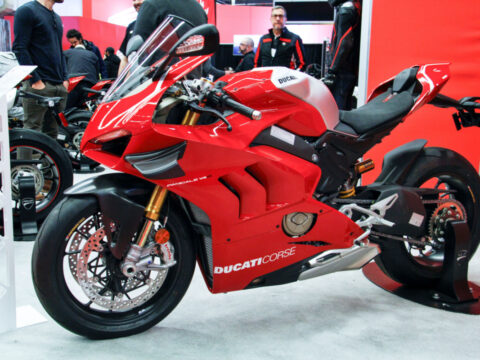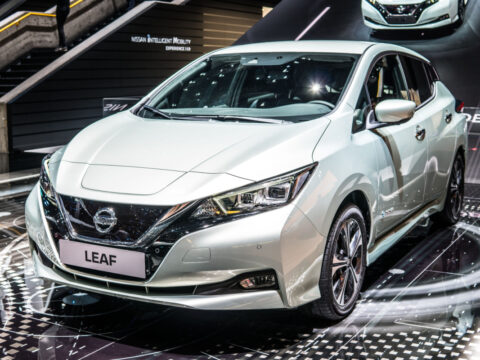In the world of automobiles, Japanese engineering has always been revered for its reliability and precision. But beyond these well-known attributes lies a plethora of unconventional features that cater to Japan’s unique lifestyle and driving conditions. From space-saving innovations to detailed safety nuances, Japanese cars offer a fascinating array of quirks that many outside of the island nation might find surprising.
Contents
660cc Kei Cars
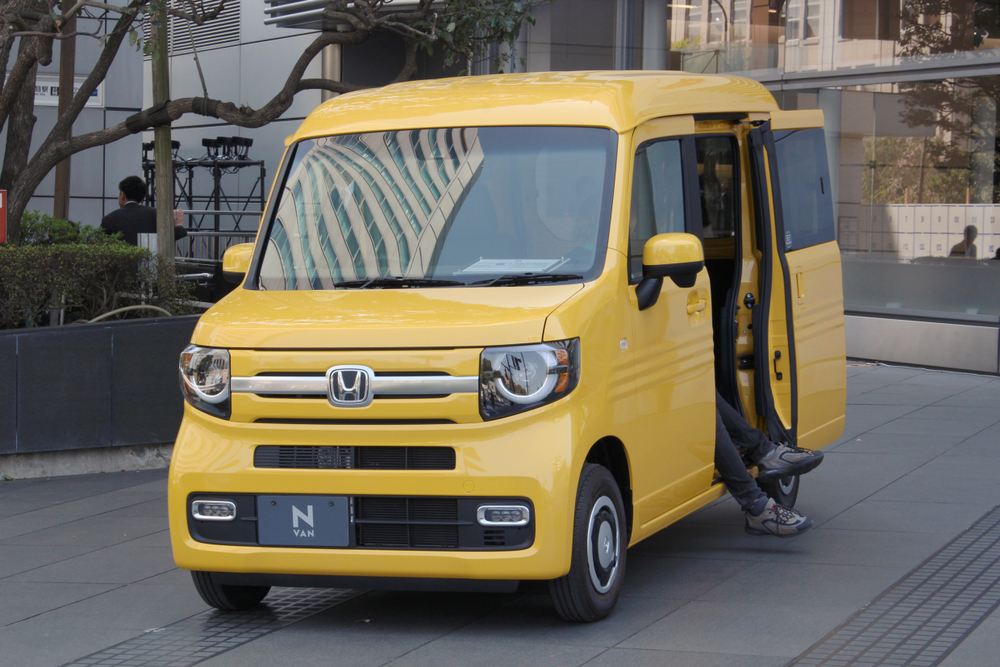
These are small, lightweight vehicles designed to comply with Japanese kei car regulations. They are limited in size, power, and engine displacement (660cc). Their primary advantage is that they attract lower taxes and insurance costs. They’re designed to navigate narrow Japanese streets and are highly fuel-efficient.
Automatic Door Mirrors
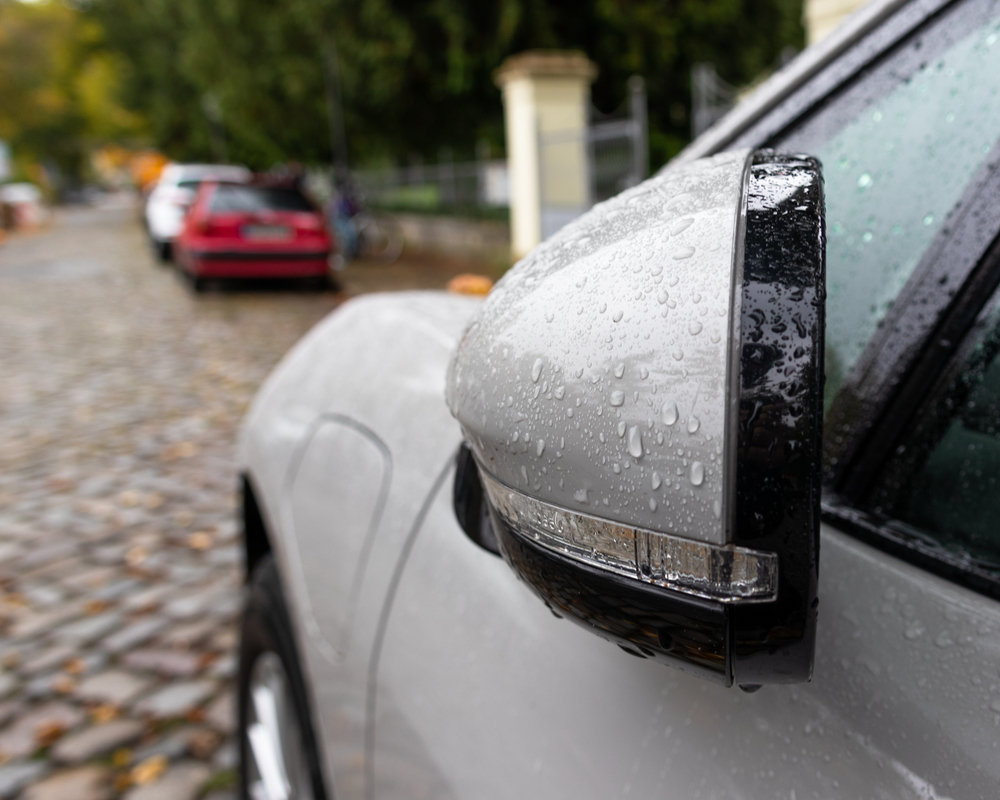
In Japan, many parking spaces are extremely tight. As a result, some cars are equipped with door mirrors that automatically fold in when the car is locked or parked, minimizing the risk of them being accidentally hit or damaged.
Fender Mirrors

: Historically, many Japanese cars had their side mirrors mounted on the fenders rather than the doors. These mirrors provided a better field of view in tight urban environments and were less likely to be hit or broken in narrow spaces.
Parking Pole

This is a retractable pole mounted on the front corner of a vehicle. When extended, it helps drivers judge the car’s front corners while parking. It’s especially useful in a country where precision parking is often required.
Rear-View Camera Washers
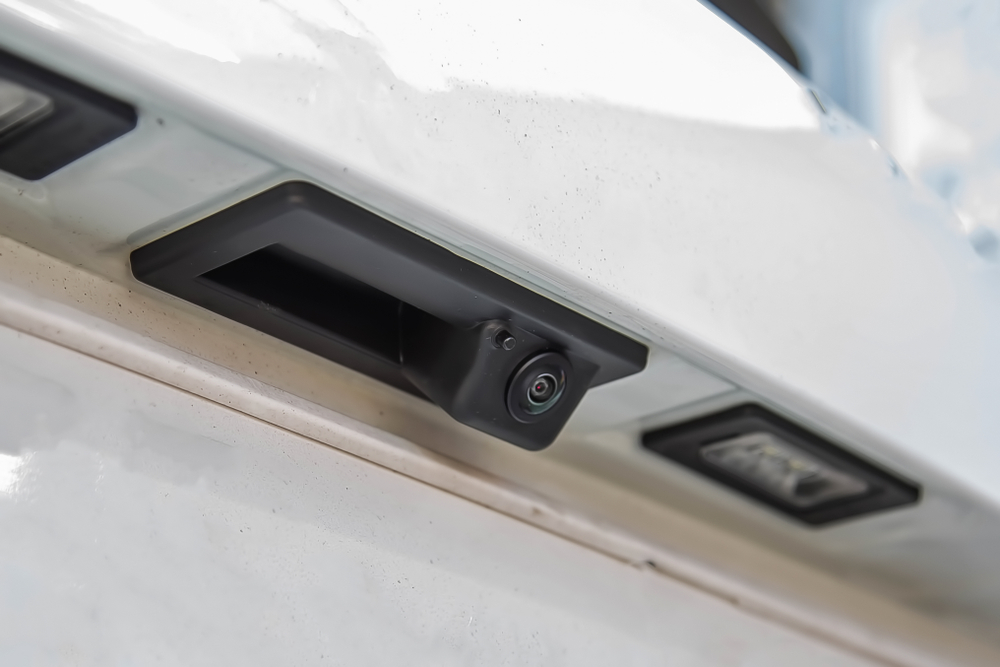
Given the importance of clear visibility and the frequency of rain in some parts of Japan, some vehicles come equipped with washers for the rear-view camera, ensuring the camera lens is always clear of dirt and grime.
Welcome Lights

Many Japanese vehicles have lights under the side mirrors or door handles that illuminate the ground around the doors when the car is unlocked. This feature not only provides a premium feel but also ensures safety when entering or exiting the vehicle at night.
Safety Buzzer

In Japan, road safety is paramount. Many cars come equipped with a buzzer that sounds if the driver or passengers haven’t fastened their seat belts. While seatbelt reminders exist elsewhere, Japanese cars tend to be particularly persistent, often including voice reminders.
Climate-Controlled Seats
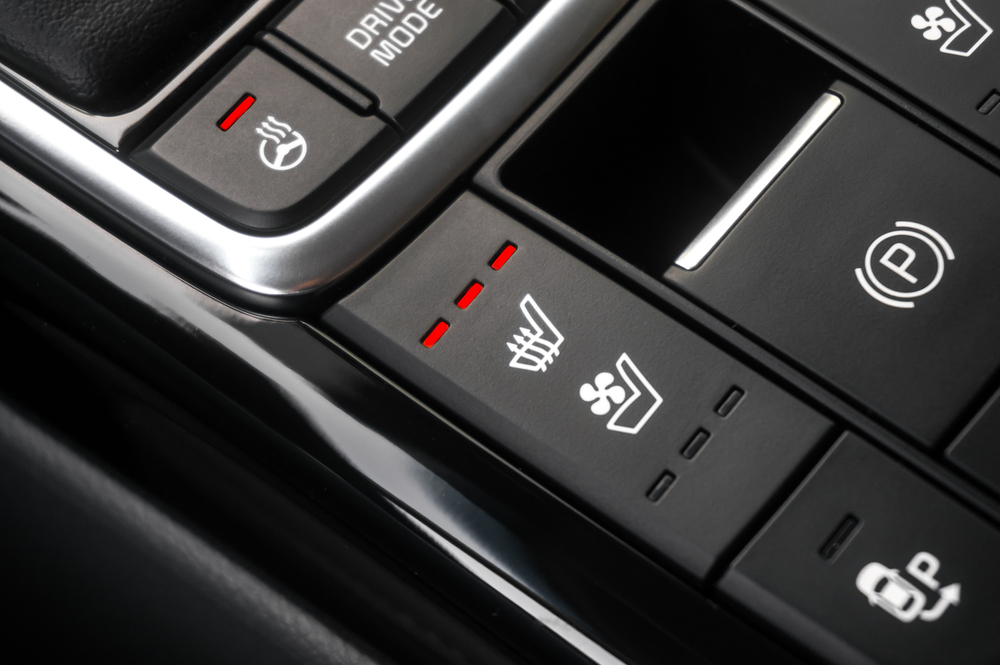
Japanese summers can be swelteringly hot and humid, while winters can be quite chilly. As a result, many high-end Japanese vehicles offer seats with both heating and cooling functions to ensure maximum comfort regardless of the season.
Dashboard Shelves

Storage and space optimization is key in Japanese design. Some cars feature a small shelf or compartment built into the dashboard, handy for storing items like parking tickets, coins, or small personal items.
Eco Mode
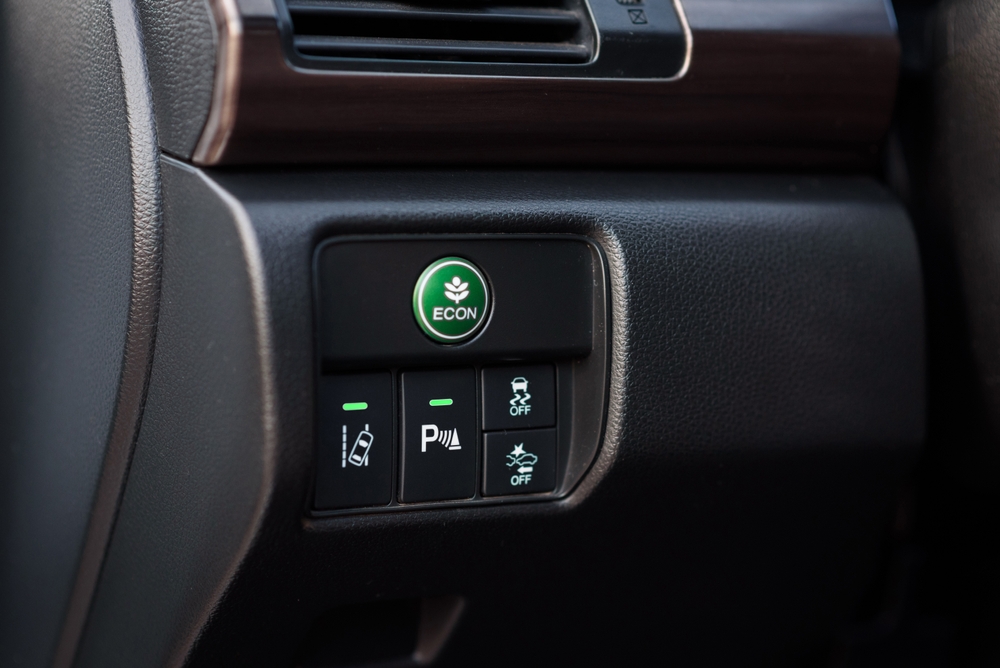
Given Japan’s focus on environmental sustainability, many Japanese vehicles come with an ‘Eco Mode’ button. When activated, this mode adjusts various vehicle parameters (like throttle response and air conditioning) to maximize fuel efficiency and reduce emissions.
This article originally appeared on MyCarMakesNoise.
More from MyCarMakesNoise
10 Benefits of Driving Hybrids Over Conventional Cars
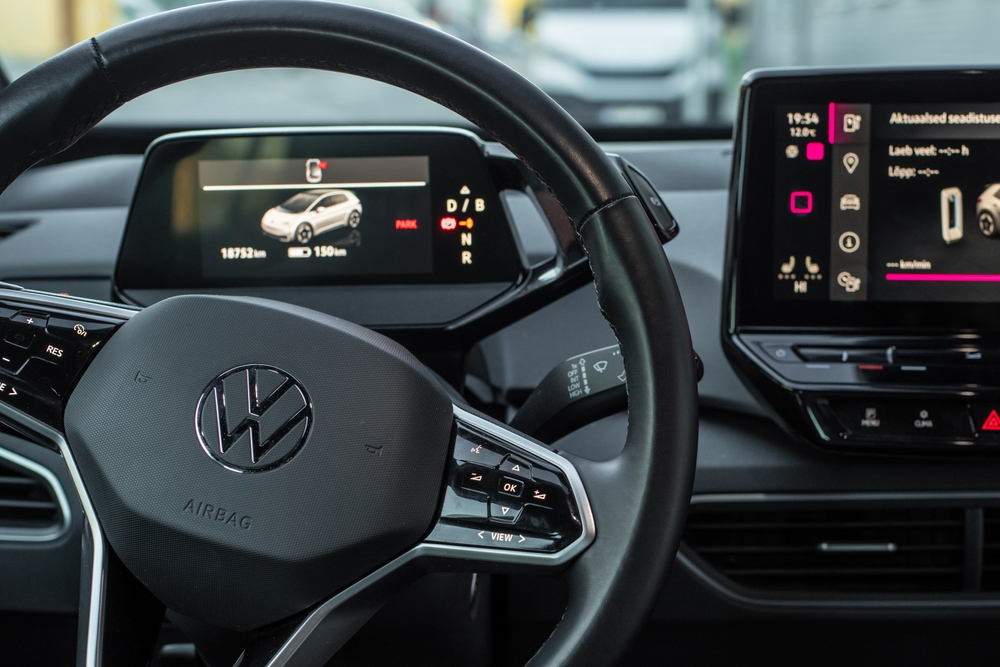
As the tides turn against conventional gasoline engines, the allure of hybrids goes beyond just being eco-friendly. Read More.
10 Must-Have Motorcycle Accessories for Comfort and Protection
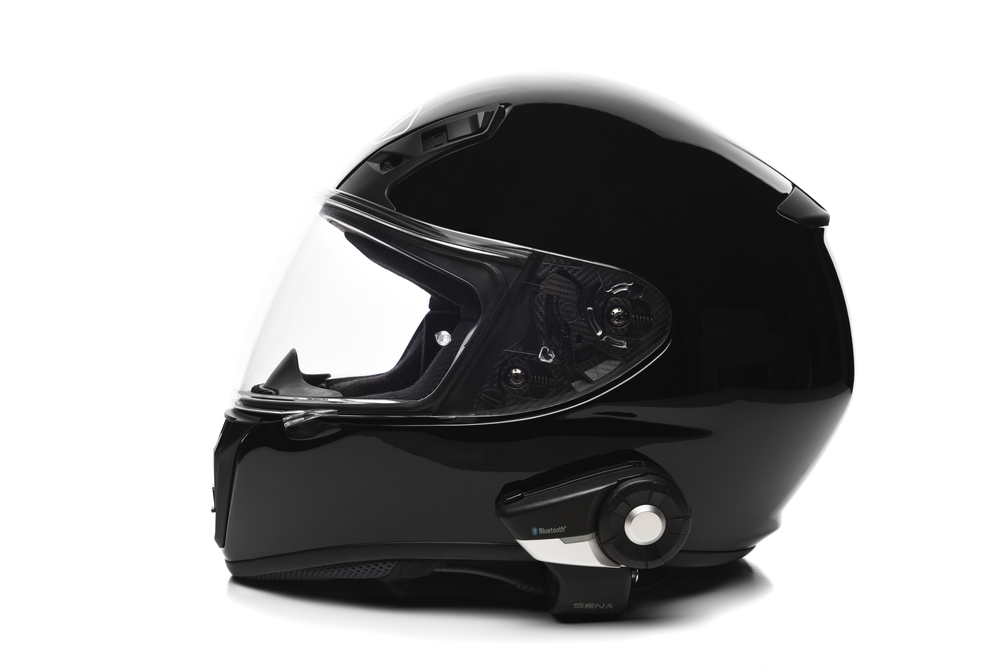
This article delves into those often overlooked essentials that not only elevate the riding experience but also ensure safety and convenience at every twist and turn. Read More.
The 14 Most Fuel-Saving Motorcycles

As urban landscapes continue to expand and roads become increasingly congested, the need for practical and sustainable transportation solutions is more pressing than ever. Enter the realm of fuel-efficient motorcycles, a blend of innovation, performance, and economy that answers the daily commute dilemma. Read More.

